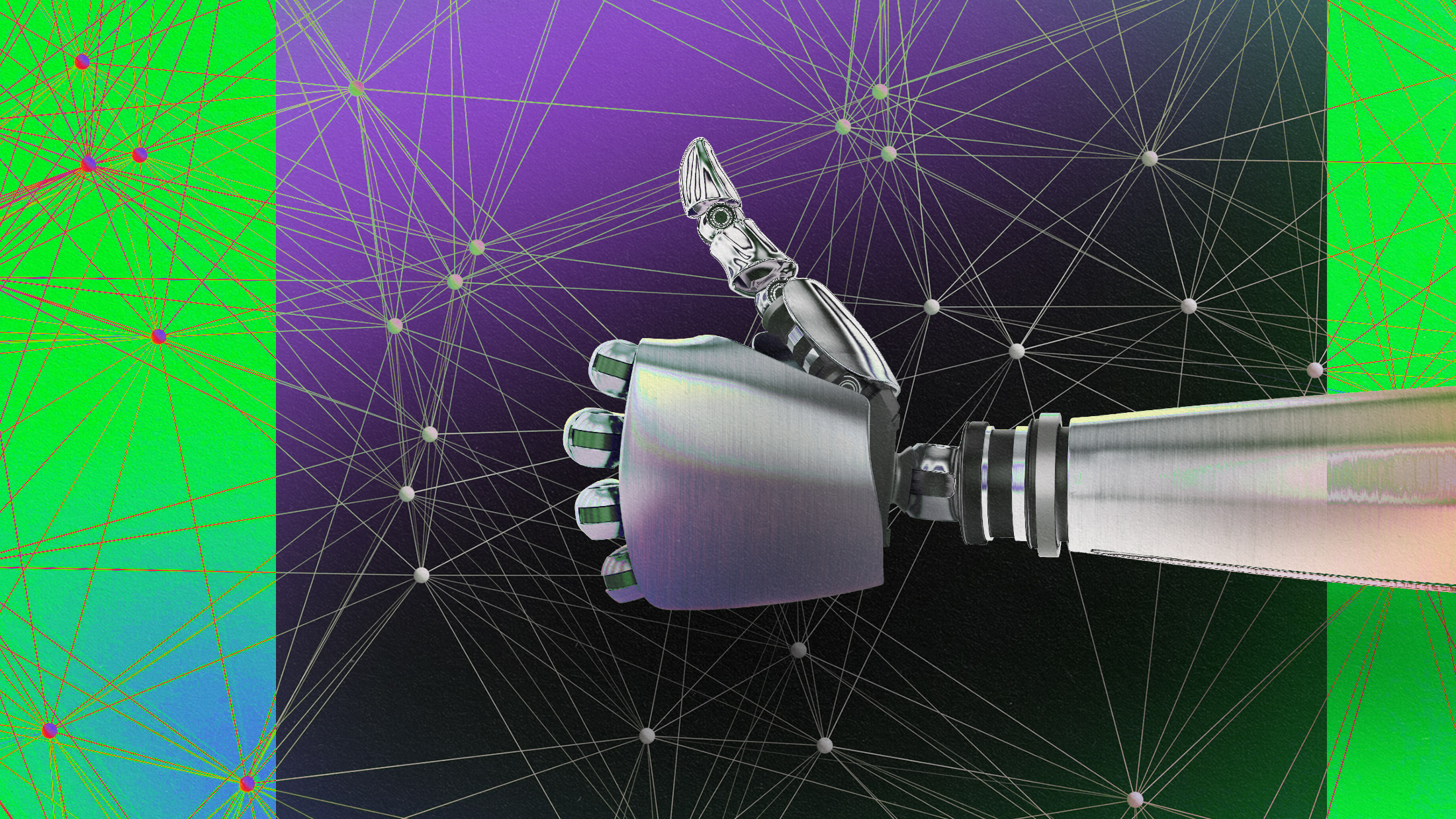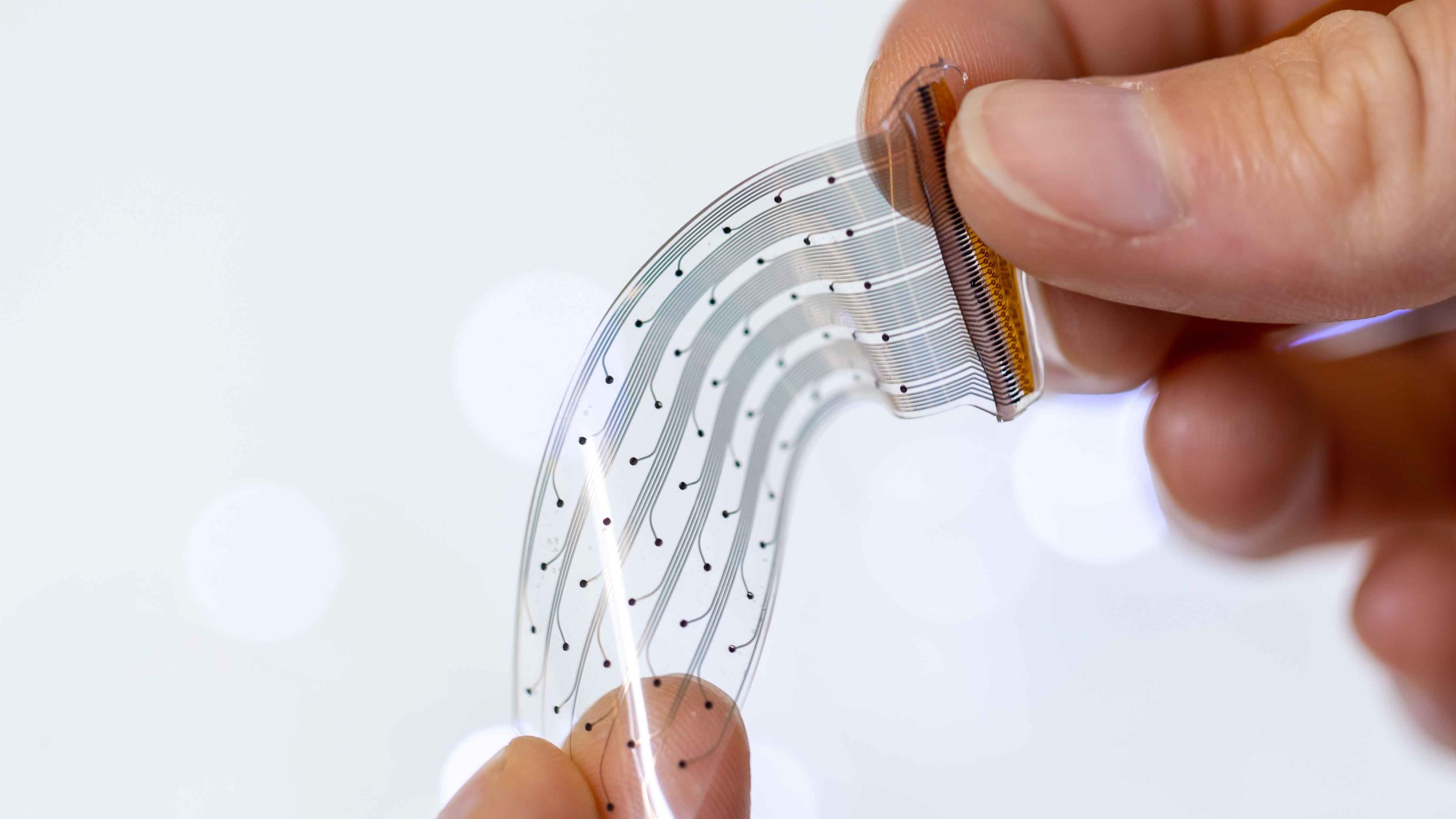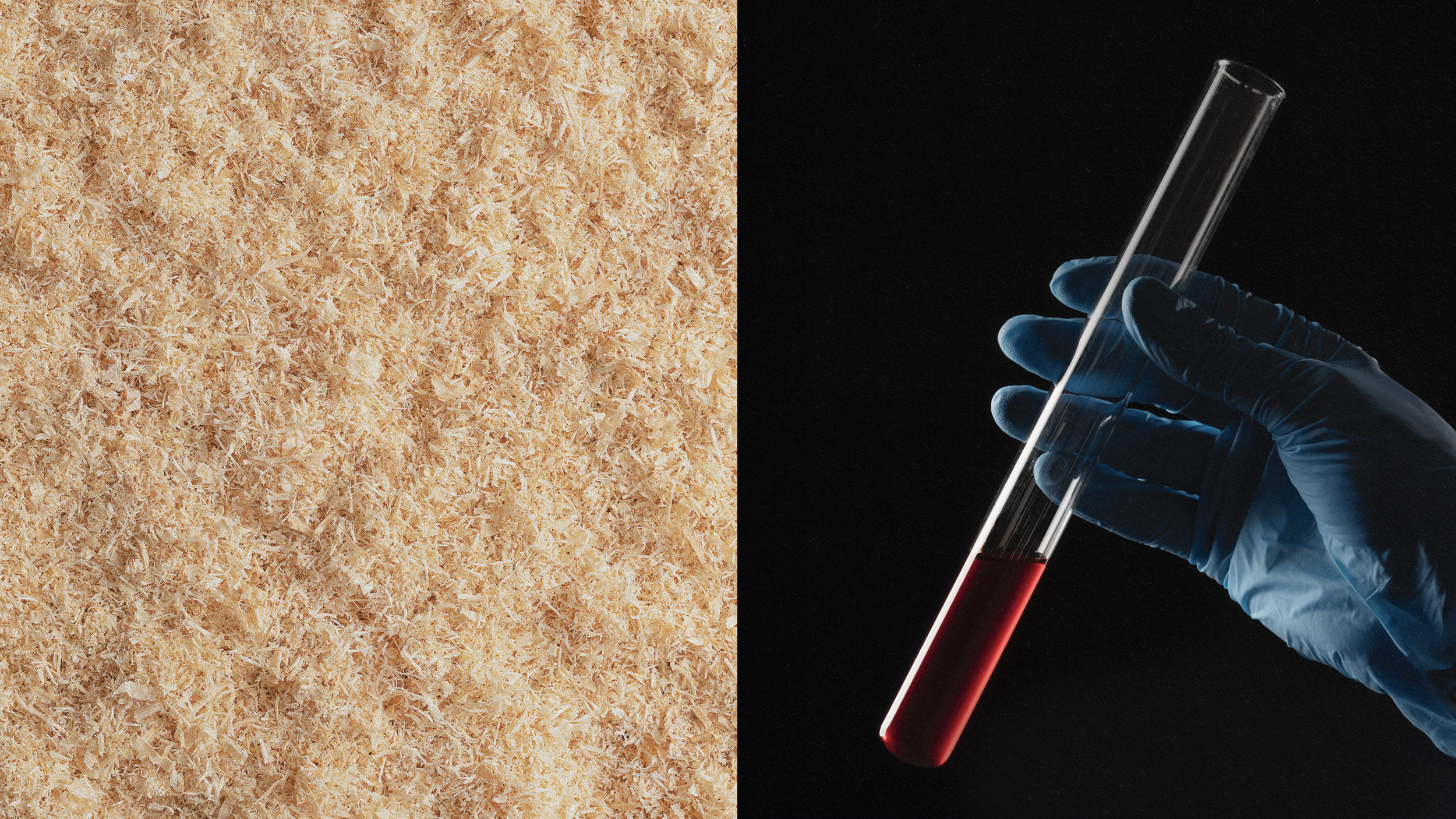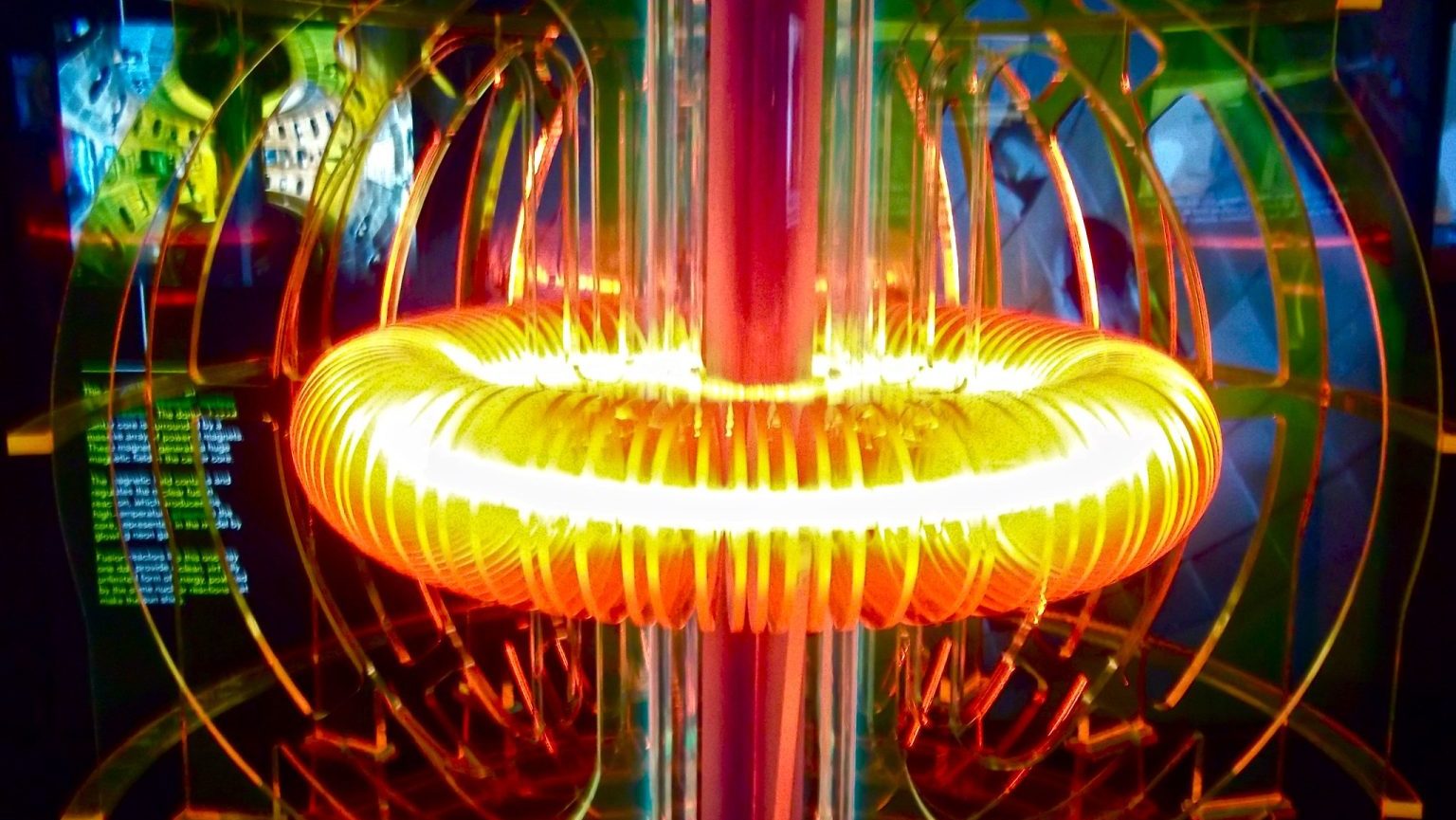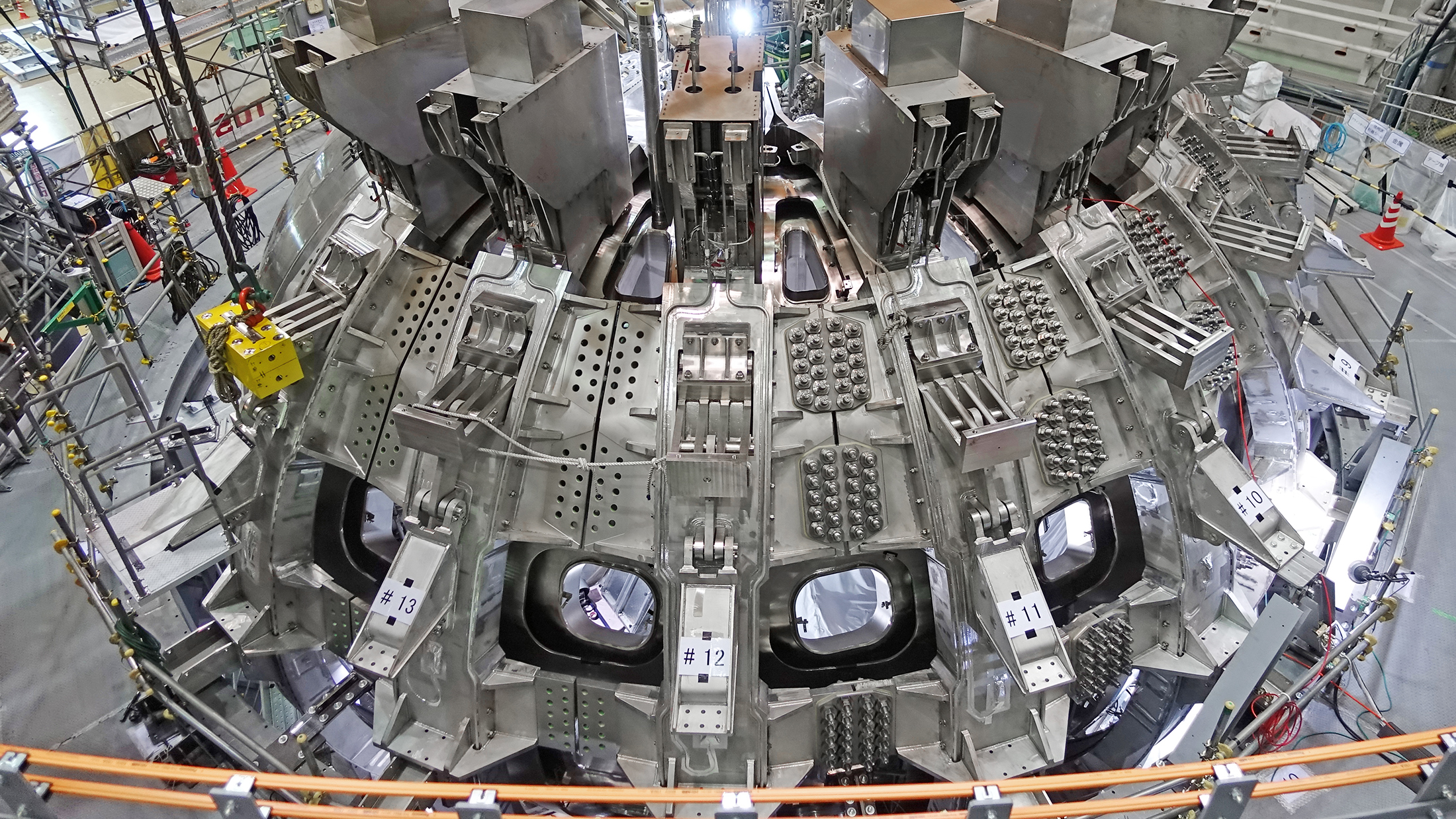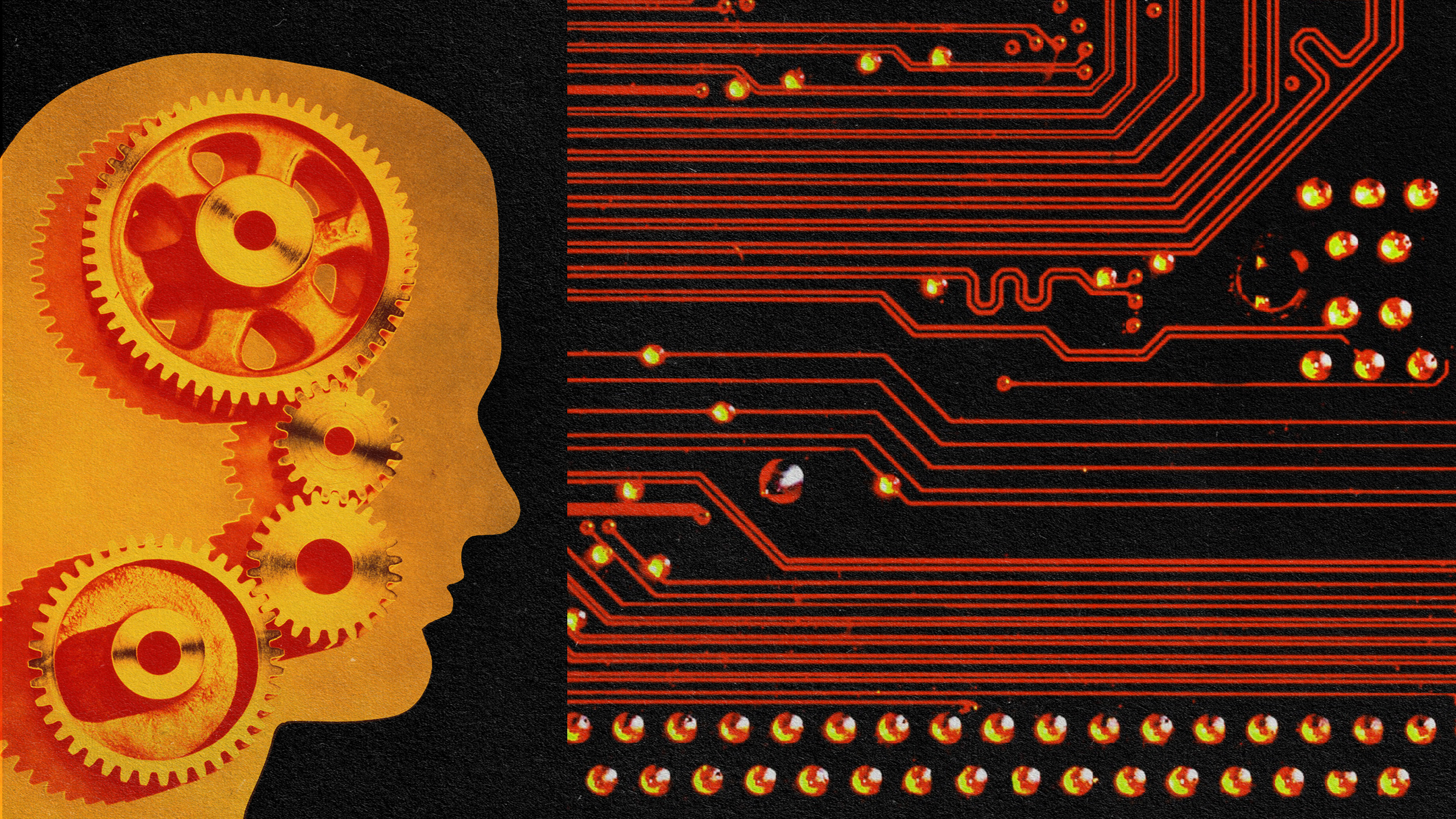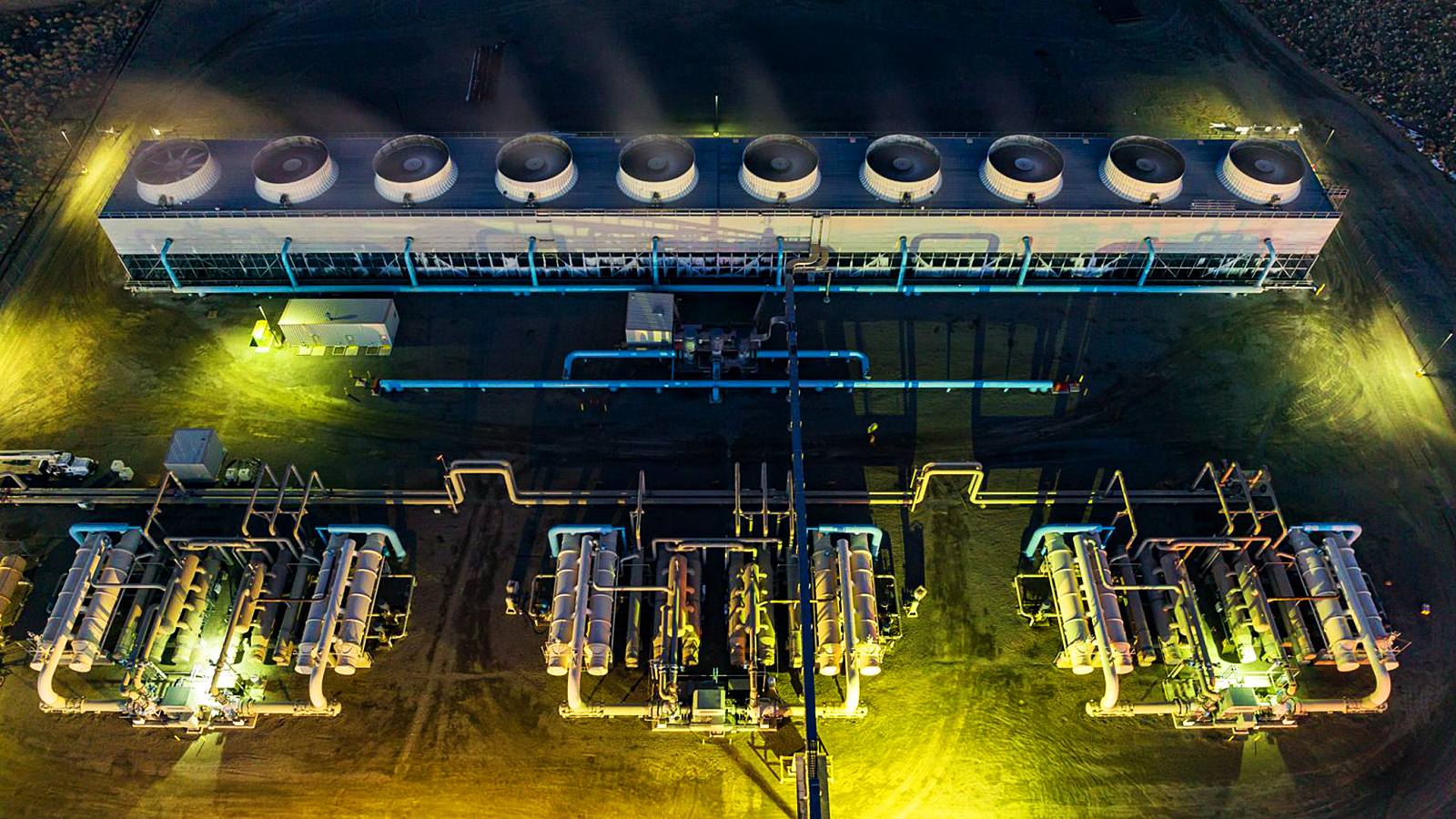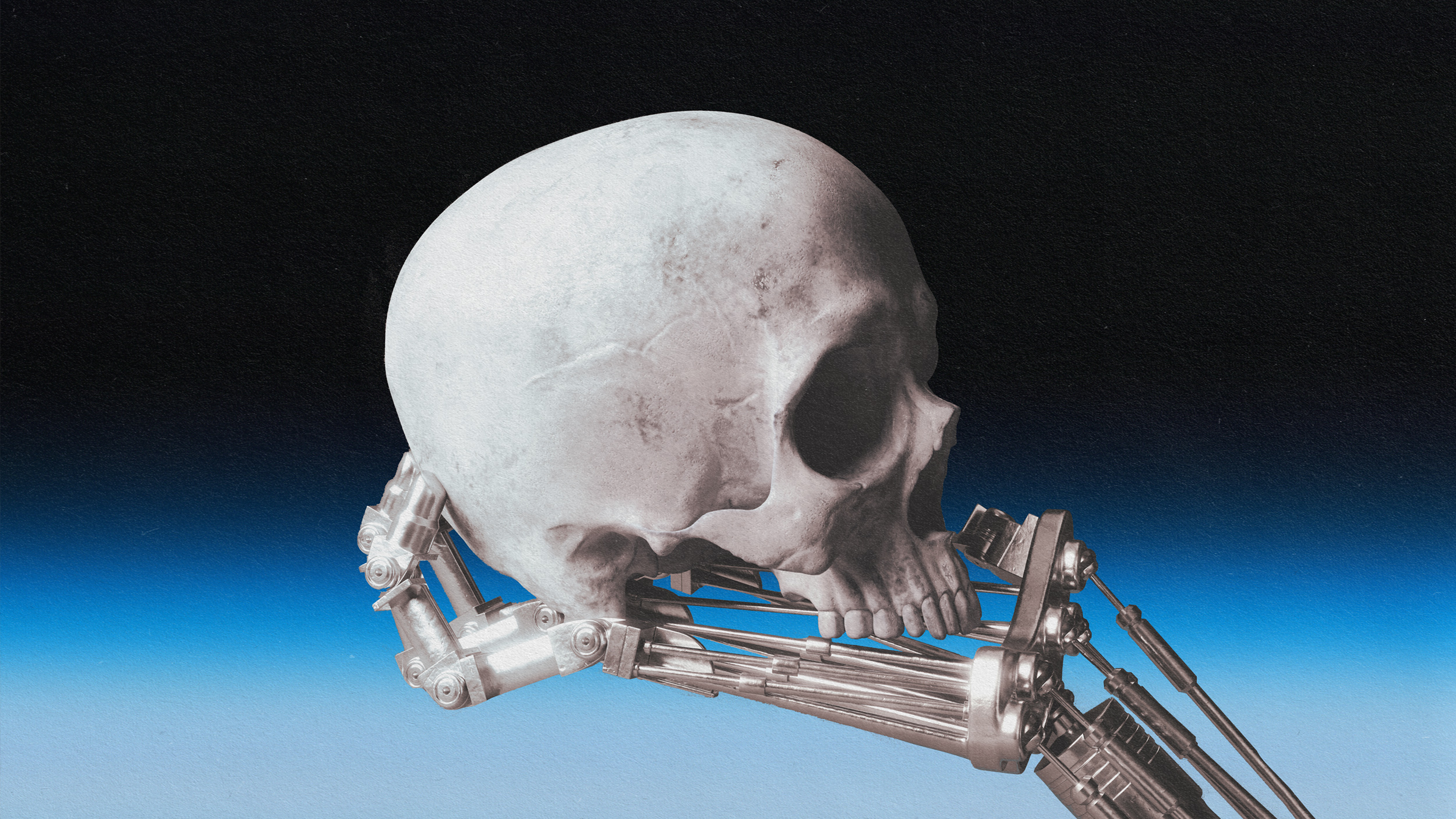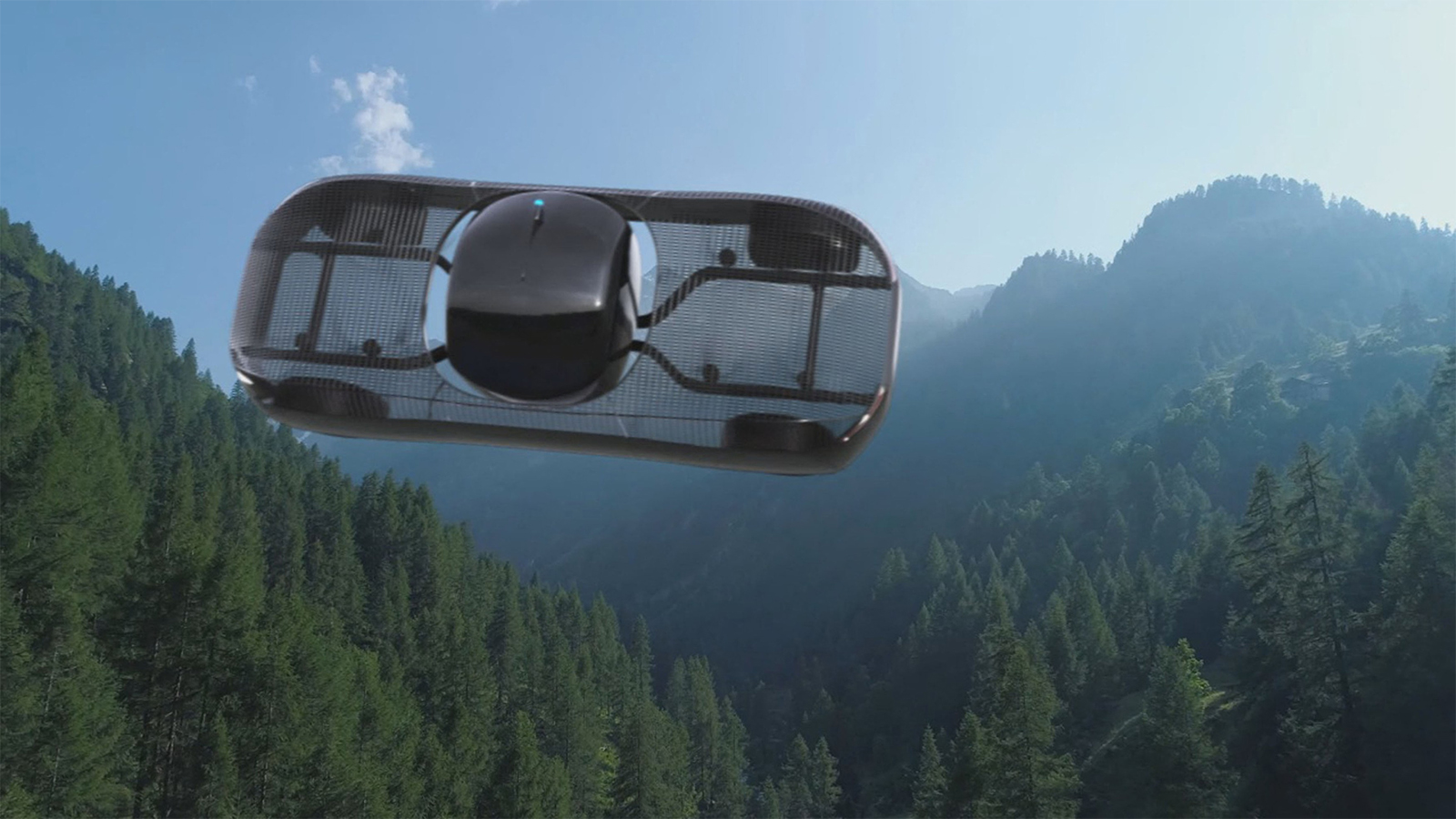The Future
All Stories
From AI to health and the metaverse, this year’s CES promised new tech that will change lives long after the excitement of the latest TV wears off.
Smaller family networks, more great-grandparents, and fewer cousins.
The first tests of optical communications far from Earth will take place aboard the asteroid-bound Psyche spacecraft
The problem with today’s AI isn’t it thinking for itself; it’s the tech telling humans whatever we want to hear.
It has already been trialed in people and could give us a better way to analyze and stimulate the brain.
ÄIO’s fermentation process creates healthy, sustainable oils and fats by upcycling low-value industry organics.
It’s not just fun: DNA origami has the potential to revolutionize engineering at the nanoscopic scale.
When ancient humans stared into the darkness, they imagined monsters. Today, staring into the future, AI is the monster.
Google co-founder Sergey Brin’s airship startup hits a major milestone.
Analog could serve as “always-on” computing, while digital is turned on only when necessary.
A unique combination of DNA and silica is the strongest known material for its density (but you’ll need a lot of it before you can build a suit from it).
Scientists have been chasing the dream of harnessing the reactions that power the Sun since the dawn of the atomic era. Interest, and investment, in the carbon-free energy source is heating up.
A massive nuclear fusion experiment just hit a major milestone, potentially putting us a little closer to a future of limitless clean energy.
You can’t farm spiders — but putting spider genes into silkworms works even better.
Artificial general intelligence will not arise in systems that only passively receive data. They need to be able to act back on the world.
Technology goes in directions we can never predict — so we must be prepared to limit the spread of unintended consequences.
Experiments on suborbital rockets are revealing how to make a better iron furnace.
Time to rewrite our understanding of structural engineering.
Smarter building materials can control indoor temperatures without external power.
Whether you call it 10 quintillion, 10 million trillion, or 10 billion billion, it’s a 1 followed by 19 zeroes.
Ironically, the company did so using technology perfected by the oil industry.
AI programs like ChatGPT can create “thanabots” based on deceased loved ones’ digital communications, allowing us to talk with the departed.
It will be immensely difficult for the Bitcoin and Ethereum blockchains to protect their competitive edge if they do not pursue a radical change.
AI was the most divisive topic in a recent predictions tournament.
Invisible cloaks. Ghost imaging. Scientists are manipulating light in ways that were once only science fiction.
The $300,000 Model A is a true flying car — it can be driven on roads as well as flown in the air. And it’s one step closer to your garage.
The separation of pleasure from procreation may occur throughout the cosmos, providing an explanation for the Fermi Paradox.
The biggest nuclear blast in history came courtesy of Tsar Bomba. We could make something at least 100 times more powerful.
The material is both stronger and lighter than those used to make conventional power plant turbines.
But it’s still challenging to build a 22,000-mile elevator.



